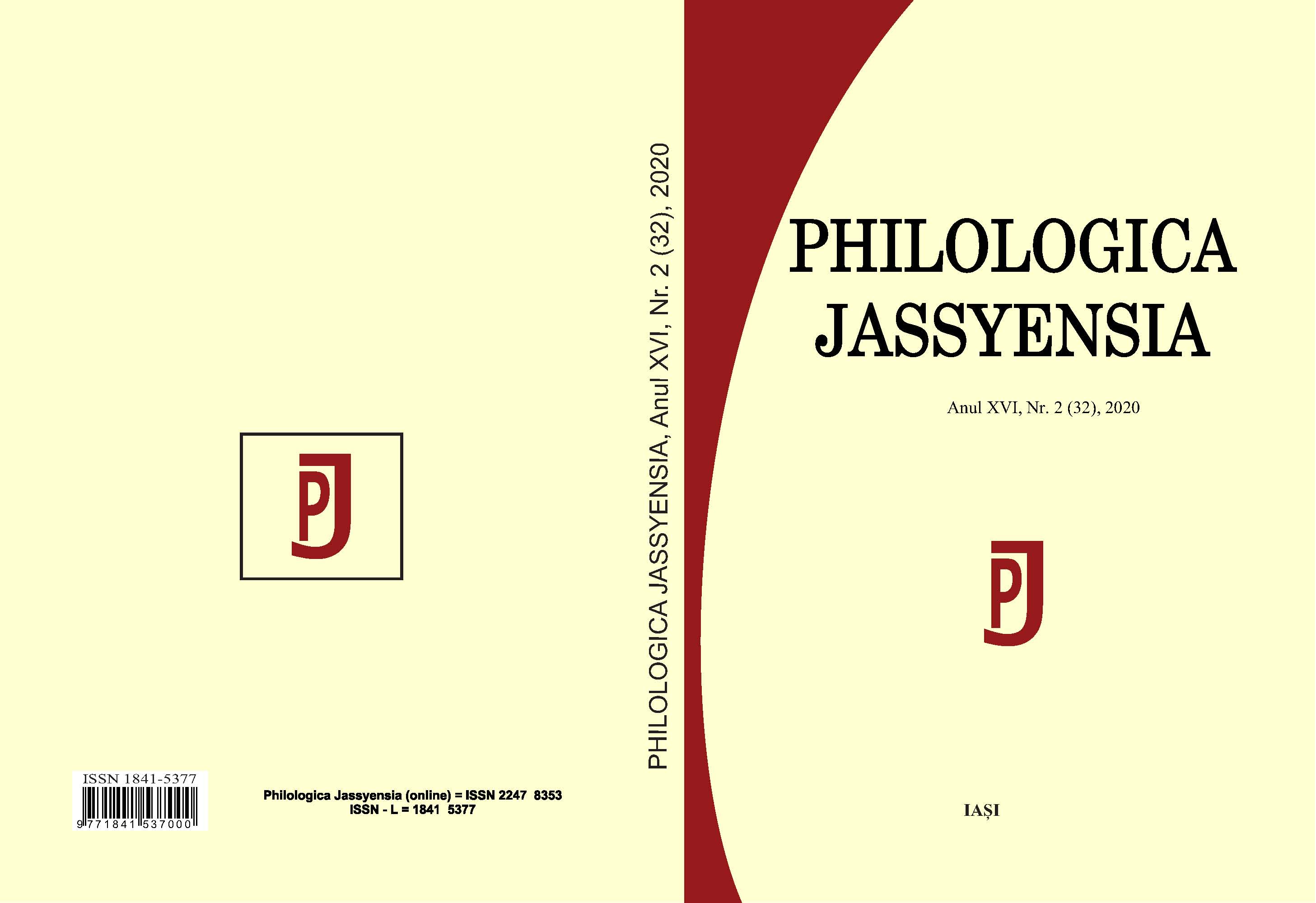Cultura și civilizația românească în imagini și simboluri. Abordări metodologice.
The Romanian Culture and Civilization in Images and Symbols Methodological Approaches
Author(s): Elisabeta Simona CatanăSubject(s): Romanian Literature
Published by: Editura Tracus Arte
Keywords: Romanian language; Romanian culture and civilization; images; symbols; the visual method; the communicative method;
Summary/Abstract: Based on the author’s experience of teaching Romanian language and culture to the A2 foreign students, who study Romanian on an optional basis in a technical university in Romania, this essay focuses on the advantages of using the communicative and the visual method of teaching, offering examples of course activities which motivate the students to learn Romanian and to understand a series of cultural aspects specific to the Romanian people and civilization. The essay evinces the significant role of the visual factor in motivating the foreign students of a Romanian technical university to learn Romanian, facilitating their understanding of the Romanian culture and civilization based on the optional courses of Romanian language. As the foreign engineering students would rather use an international language of communication such as English or French than Romanian for academic purposes and for a future career in a multinational, we argue that by focusing on images and symbols in teaching the Romanian language, culture and civilization, we activate the students’ visual and cultural memory and we motivate and enable them to learn Romanian. The visual factor enables the students to learn the Romanian vocabulary and grammar structures easier in an interactive manner. Presenting the foreign students the Romanian cultural material values by means of images depicting the Romanian houses specific to Transilvania, Moldova, Oltenia, Muntenia and Dobrogea, the churches, monuments and castles from these geographical areas, the specific landscape of these areas, and introducing the students to the specific Romanian customs and traditions and to some Romanian works of art, literary works and music, we will encourage them to learn Romanian, arousing their interest and curiosity. By improving the students’ capacity to describe images using a varied vocabulary and accurate grammar structures, we will help them to develop their critical thinking and their ability to speak Romanian fluently, arousing their interest in reading fragments from famous Romanian literary works included in the course bibliography. This paper shows that by approaching themes such as the Romanian Village, the Romanian City, Romanian Customs, Traditions and Religious Holidays, and teaching grammar and vocabulary based on these themes using well-selected images and symbols, we awaken the foreign students’ cultural conscience, helping them to learn Romanian in an interactive manner.
Journal: Philologica Jassyensia
- Issue Year: XVI/2020
- Issue No: 2 (32)
- Page Range: 55-60
- Page Count: 6
- Language: Romanian

